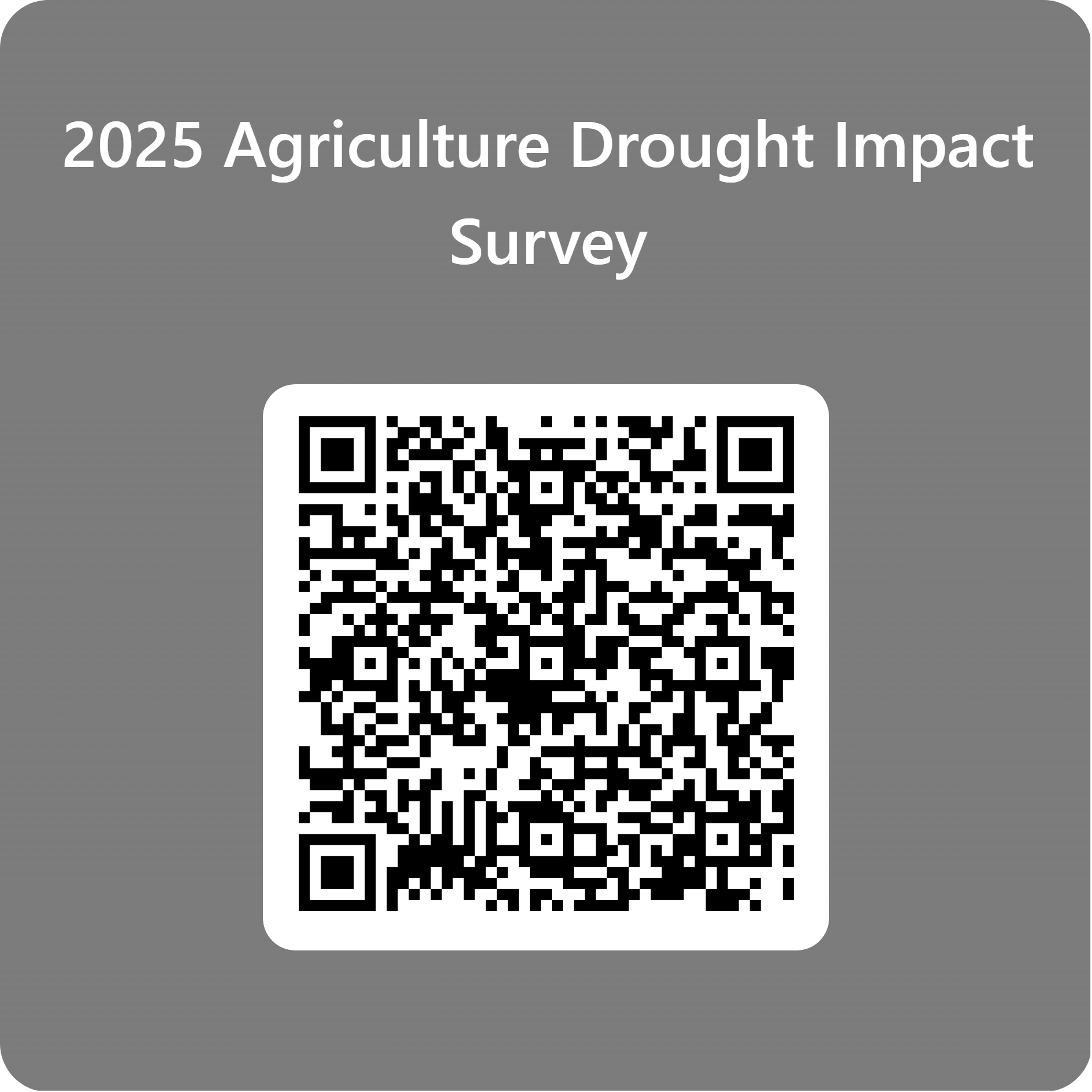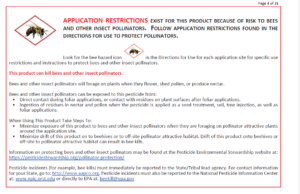Passing this on from the VT Agency of Agriculture. -TB
We have less than one month to collect survey responses to the Agriculture Drought Impact Survey.
Please encourage the Vermont agricultural community to complete and submit a response to the survey with their impacts before the survey closes on December 15, 2025.
We have 168 responses to date, mostly from small farms expressing the impacts and losses they’ve experienced during the 2025 drought.
You can find highlights of aggregate responses on the Agriculture Drought Impact survey dashboard on the VAAFM drought webpage.
High Level Summary:
- Scope: This survey is appropriate for all agricultural businesses, organizations, or individuals who raise animals, meat, or poultry and/or grow feed and other crops (including produce, maple products, Christmas trees, horticultural plants), in Vermont for anyone beyond their immediate family.
- Deadline: This survey is open through Monday, December 15th, 2025.
- Outreach Resources: We are sharing several items to support survey distribution and completion. These include:
- Link to the survey: https://forms.office.com/g/dFMQZDQCMe
- QR code for survey (attached)
- Printable PDF Version* (attached survey paper copy)
*Printable PDF Version & Process
Attached you will find a printable pdf version of the survey. Please feel free to print these copies to bring on farm visits, to larger events, and/or to have in your offices. As outlined on the top of the pdf, surveys should be sent via mail to the provided address, OR, if a TA provider has filled it out for a farmer, they are welcome to scan it and email it to AGR.Drought. Please note paper copies must be postmarked by December 15th, 2025.
We recognize that this survey is capturing estimated losses and additional impacts may not be realized until spring 2026 or next growing season. At that point, we will reevaluate the agriculture industry need and consider additional data collection tools to capture longer term or more comprehensive impacts from the 2025 drought.
Visit the VAAFM drought webpage, AGR.Drought or 802-828-2430.
- Items accessible on this webpage include survey link, live dashboard of results, agricultural resources (financial support, water sources, technical assistance), and links to other important reporting sites (i.e. drought.vermont.gov).
Thank you for your collective support in ensuring our agricultural community is aware of this ag drought impact survey and encouraged to share their experience.
Thanks,
Abbey
Abbey Willard (she/her)
Agricultural Development Division Director | Vermont Agency of Agriculture, Food & Markets
116 State St., Montpelier Vermont 05620 | http://agriculture.vermont.gov
Sign up to receive our weekly Ag Development e-newsletter updates on marketing opportunity, events and grants!




